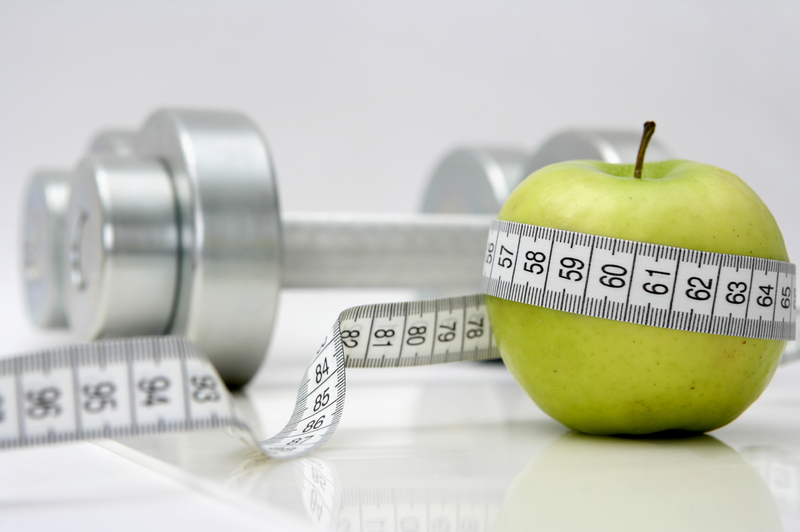So you want to get started running. Running is one of the most effective ways to burn calories and get in shape. Running will build your core strength, increase your endurance, and give you more energy. Regular running can change your life.
To get started with running you’ll need to know some of the key aspects of running training. You’ll need to get the running equipment, design a running plan, and adjust your diet.
As they say, running is the simple process of putting one foot in front of the other. It is something that we as humans have evolved to be good at. Our bodies are designed for running. Our ability to sweat paired with our balanced torso, and head gives us a distinct advantage over other animals during long distance running.
I was like you, when I started running I’d run half a block and be completely out of breath and have a terribly crippling stitch. I was surprised how quickly that changed with some regular practice. I could measure the improvement within the first week. After about 2 weeks of running regularly, I could run 1Km before having to stop to catch my breath. After running for a few more weeks the heavy breathing, and racing heart stopped being an issue, I could jog and carry on a conversation (and I thought those runners were just trying to show off!) I would run until my legs started to ache with fatigue.
During this process I paid attention to my eating habits. It’s hard not to, when you think about the run you’re planning on doing later that day. I cut back on my sugars and carbohydrates and started drinking protein shakes. I lost 10 lbs.
So whether you want to loose weight, gain energy, or reach a goal of doing a particular race. You have to start your training somewhere. Here’s my suggestions for getting started.
Get Some Information Subscribe to a running magazine. Having the material show up regularly throughout the year will keep running on your mind, so it will be harder to kind of move on and forget to exercise. These magazines have some really great information about different running techniques to try, equipment reviews, and general tips and tricks from the experts about how to make running more enjoyable. Personally I recommend and subscribe to “Runners World”.
In addition to a magazine subscription you should consider buying a book or two on the subject. There’s tons of stuff to know. Everything from proper breathing and posture to designing appropriate training schedules to dealing with injuries. Check out Amazon.com or your local book store for suggestions.
Running Equipment The only thing you really need is a good pair of running shoes. Take the time to find a pair that really fit you properly. I suggest going to a specialty running store because they will know what type of shoe will work best for you. A pair of shoes will last for about 800 to 1000 miles of running. It’s not the piece of equipment that you want to cheap out on.
Other things that will make running more enjoyable include double layered sport stocks, shorts or running tights (yes even I wear tights), a running jacket, and gloves and a beanie for running in cooler weather.
The real secret of the decade for training has been the heart rate monitor. This device can accurately measure your heart rate as you are running. Your heart rate is a very good indication of the effort that you’re putting in. By watching it closely you can keep yourself in the ‘zone’ that is most efficient. For example, I know that once my heart rate goes above 180 bpm I will start breathing heavier, and will quickly have to slow down or stop. By keeping my heart rate closer to 160 bpm I know that I can run farther and burn more calories.
The advanced heart rate monitors can also be connected to ‘foot pods’ or ‘GPSs’ to measure your distance and speed. both of which will provide great motivation for your training.
The Runners Log A running log book is a useful tool. It’s great motivation because you’ll want to fill in the spaces with proof that your doing the exercise. A running log is also great for looking back and figuring out what training techniques worked best for you. That can be helpful when you want to run a new personal best.
You’re log book should contain the following information: distance run, total time, how you felt, and the weather. It may be a good idea to note the shoes you wore so you’ll know when it’s time to replace them.
Number One Tip My best tip for staying motivated is to sign up for a local run. Find a 5K or 10K to register for and train towards being able to complete it as best you can. Always have another run on the horizon that you have to stay in shape for. Find a friend, and have them sign up too while you’re at it. Don’t wait until you can run the distance before committing to a race. I ran my first 10K when the farthest I could run without stopping was 2K. The adrenaline you get from running in a race will boost your performance significantly.
Running Diet If you’re running regularly then you’ll need to eat. One of the leading problems people have with improving their running performance is due to lack of food. There is a tendency to think “oh, if I was only 5 lbs lighter I could run so much farther”. The problem is that when you run you’ll be breaking some muscle fibers, and if you don’t feed your body with proteins and carbs to rebuild the muscle you’ll just loose muscle mass which will not only reduce your performance but also decrease your metabolism making it harder to loose fat going forward.
That’s not an excuse to binge after going for a run. Have a good healthy meal, just make sure to incorporate some protein and carbs to help keep you fit.
Fact: You can only metabolize about 250 calories of fat per hour. So if you burn 700 calories during an hour long workout the majority of those calories are coming from either muscle, or food. This is why the optimal heart rate for burning fat is a rather low at just 60% of your maximum heart rate.
More than Running Running is great and all but there are other things that you should be doing in order to see the most progress possible. Running excessively without giving yourself enough time to adapt to the impacts on your body is a surefire way to end up injured. Even though you should be running a fair bit during your training, you should be swapping some running sessions for some cross-training exercises. Consider anything that will keep your heart rate up such as roller blading, biking, swimming, or wall climbing. This will work out your cardio-vascular system without stressing your joints the same amount that running would.
It’s also important to learn how to do the proper stretching. Stretching before and after each run will improve the recovery time, increase the performance during the run, and prevent injuries. Don’t underestimate the importance of stretching as part of your routine. In fact, I do yoga once per week to focus solely on stretching.
Strength training is key to increasing your speed, and it’s a corner stone of your running training. Increasing the strength of your legs and core body muscles will make a HUGE difference. Strong legs will result in more controlled steps, it will help keep your ankles and knees from becoming sprained, and improve your speed. To work on these muscles you can do some squats and lunges at home or the gym, or you can try running hills. A strong core will increase the efficiency of your running greatly. It will reduce the strain on the lower back which could cause pain. To strengthen you core do some sit-ups and the bridge (there are always abdominal exercises in the latest health magazines if you want some more ideas).




